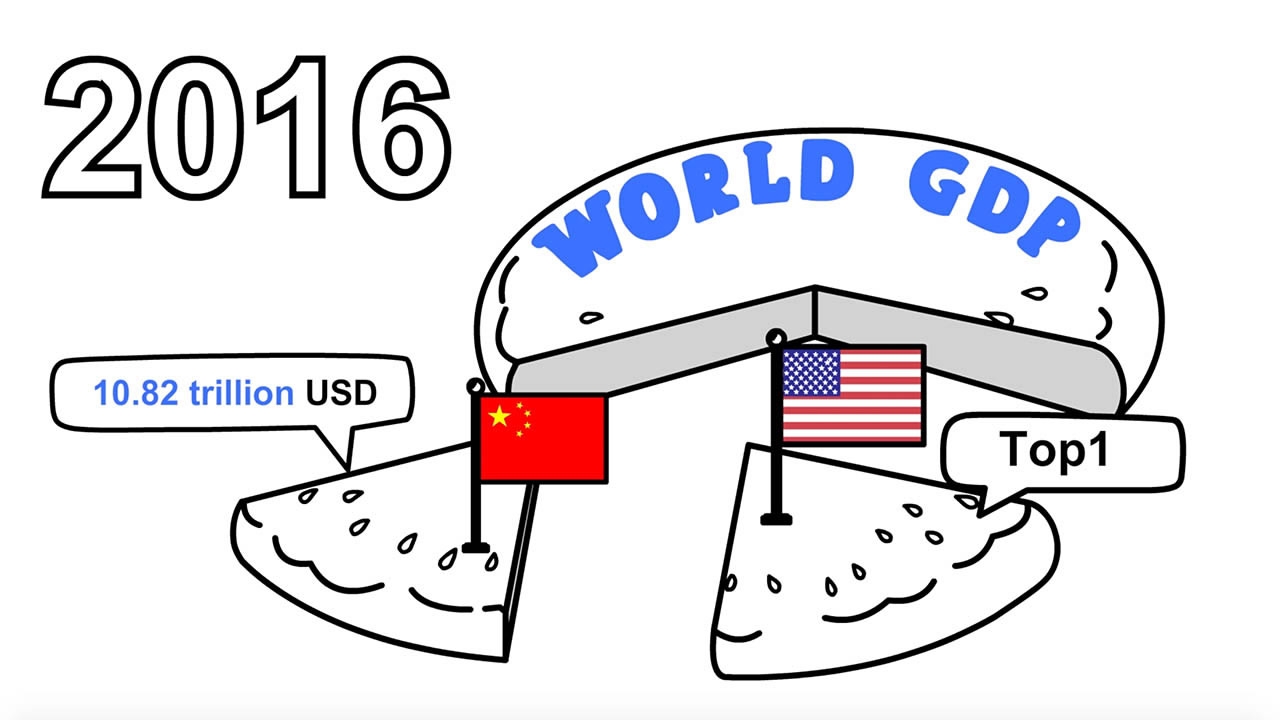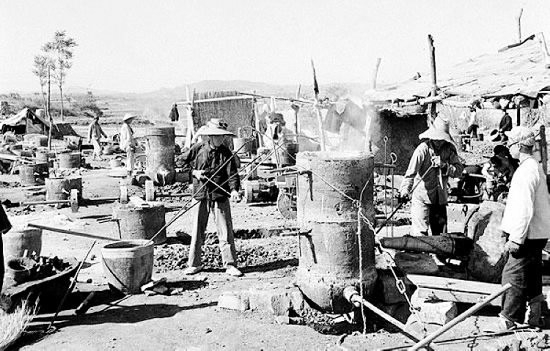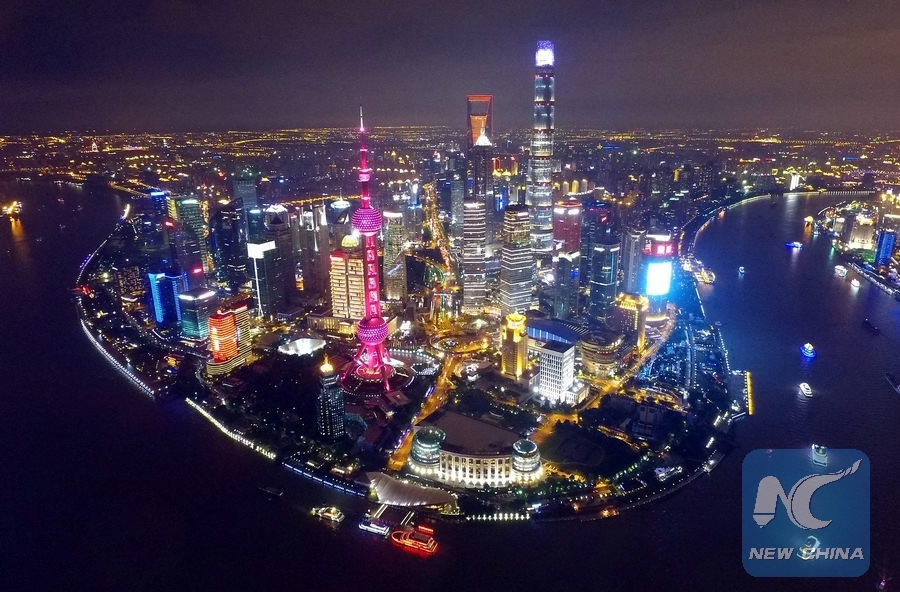
China
17:04, 07-Oct-2017
How did China transform from a poor country into the world's second largest economy?
CGTN

The Chinese economy has experienced rapid growth over the past few decades, particularly since the reform and opening-up policies initiated by Deng Xiaoping in the late 1970s.
With a GDP of 74.41 trillion yuan, or 10.82 trillion US dollars, China was the world's second largest economy in 2016, behind only the US.
1950s to mid-1970s
China's GDP has grown by a factor of over 1,000 since 1952, but its growth was slow from the 1950s to mid-1970s.

People in rural China use small blast furnaces to produce iron in 1958 during the Great Leap Forward, a period of exaggerated agricultural and industrial ambitions. /Xinhua Photo
People in rural China use small blast furnaces to produce iron in 1958 during the Great Leap Forward, a period of exaggerated agricultural and industrial ambitions. /Xinhua Photo
The country remained relatively poor in this period, due to its backward infrastructure left by years of war as well as the inefficient planned economy and repeated political movements.
The turning point
The country adopted sweeping reform and opening-up policies in 1978 and gradually shifted towards a market economy, beginning to unleash its full growth potential.
China's GDP accounted for only two percent of the world's total in 1978. Now, it represents almost 15 percent of the global economy.

An aerial night view of Shanghai, east China, October 4, 2015. /Xinhua Photo
An aerial night view of Shanghai, east China, October 4, 2015. /Xinhua Photo
The results
China has not only become the world's factory, but also lifted over 700 million rural residents out of poverty as the economy expanded.
The country's economic success has benefited greatly from a large population with relatively low labor costs and a huge market, but also an efficient and strong central government.
As China grows richer, it has embarked on a new mission: To optimize its industrial structure and foster green and innovation-driven growth engines.
Previous episodes:

SITEMAP
Copyright © 2018 CGTN. Beijing ICP prepared NO.16065310-3
Copyright © 2018 CGTN. Beijing ICP prepared NO.16065310-3